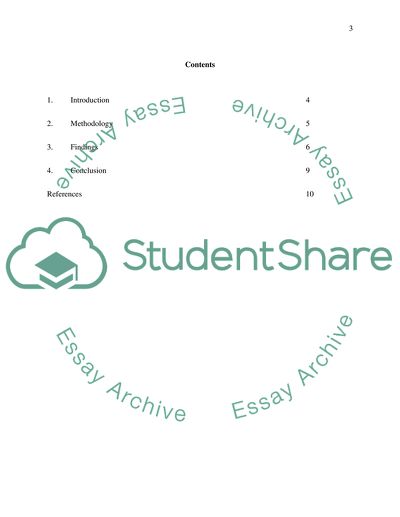Cite this document
(Information System Used by Zara, a Fashion Retailer Case Study, n.d.)
Information System Used by Zara, a Fashion Retailer Case Study. Retrieved from https://studentshare.org/information-technology/1536119-information-management
Information System Used by Zara, a Fashion Retailer Case Study. Retrieved from https://studentshare.org/information-technology/1536119-information-management
(Information System Used by Zara, a Fashion Retailer Case Study)
Information System Used by Zara, a Fashion Retailer Case Study. https://studentshare.org/information-technology/1536119-information-management.
Information System Used by Zara, a Fashion Retailer Case Study. https://studentshare.org/information-technology/1536119-information-management.
“Information System Used by Zara, a Fashion Retailer Case Study”. https://studentshare.org/information-technology/1536119-information-management.


